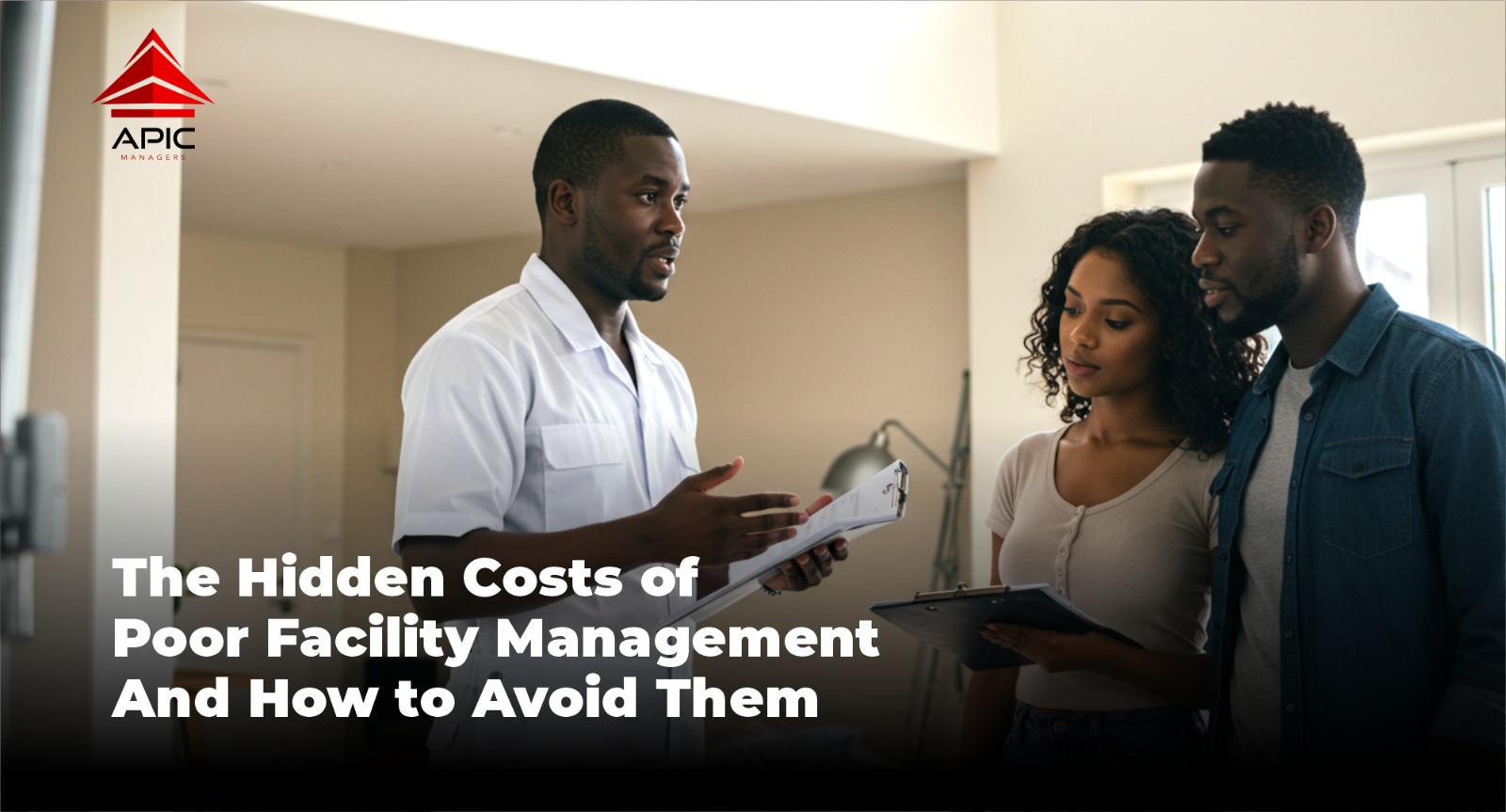When facility management is neglected, the effects go beyond just inconvenience—they result in unexpected costs, reduced property value, and potential safety hazards. Whether in residential estates, commercial spaces, or office buildings, poor facility management can lead to escalating maintenance bills, tenant dissatisfaction, and even legal risks.
Let’s explore the hidden costs of poor facility management and how to avoid them through proactive solutions.
1. Increased Repair and Replacement Costs
Poor maintenance leads to small issues turning into costly repairs. A leaking pipe that goes unnoticed can cause water damage, mold growth, and even weaken the building structure. Similarly, neglecting routine servicing of elevators, air conditioning systems, and electrical units often results in expensive breakdowns that could have been prevented.
✅ How to Avoid This:
- Implement a preventative maintenance schedule.
- Conduct regular inspections to spot issues early.
- Use technology to track and manage maintenance requests efficiently.
2. Higher Energy Bills
Facilities with poor management waste energy, leading to unnecessary expenses. Outdated HVAC systems, leaking pipes, and poor insulation all contribute to excessive utility bills. In commercial spaces, faulty lighting and inefficient cooling systems increase operational costs significantly.
✅ How to Avoid This:
- Upgrade to energy-efficient systems and smart lighting.
- Conduct regular maintenance on HVAC and plumbing to prevent leaks.
- Train occupants on energy-saving practices to reduce wastage.
3. Decreased Property Value
Buildings that are not well maintained lose their appeal and market value over time. Cracked walls, malfunctioning elevators, and poorly maintained landscapes create a negative impression on prospective tenants or buyers. If an estate or commercial building looks run-down, people will hesitate to invest in or rent the space.
✅ How to Avoid This:
- Keep common areas clean and well-lit.
- Maintain landscaping and outdoor spaces for a fresh look.
- Schedule routine building inspections to fix minor issues before they escalate.
4. Tenant Dissatisfaction and High Turnover
Tenants expect a comfortable, safe, and well-maintained environment. If facility management fails, complaints increase, trust is lost, and tenant retention drops. Issues like unreliable water supply, broken elevators, poor security, or pest infestations make tenants look for better-managed properties.
✅ How to Avoid This:
- Ensure prompt response to maintenance requests.
- Provide transparent communication about facility upgrades and fixes.
- Invest in concierge services and security improvements to enhance the tenant experience.
5. Health & Safety Risks
A poorly managed facility can create serious safety hazards. Unmaintained fire alarms, exposed wiring, blocked emergency exits, or dirty water supply systems can put lives at risk. Neglecting hygiene in shared spaces can also lead to disease outbreaks and unsanitary conditions.
✅ How to Avoid This:
- Conduct regular safety drills and inspections.
- Ensure fire safety systems, plumbing, and electrical units are checked and maintained.
- Implement strict hygiene protocols in shared areas like lobbies and washrooms.
Ignoring facility management may seem like a way to cut costs, but in reality, it leads to bigger financial losses, declining property value, and unhappy tenants. By taking a proactive approach, properties can maintain their value, safety, and efficiency over time.

